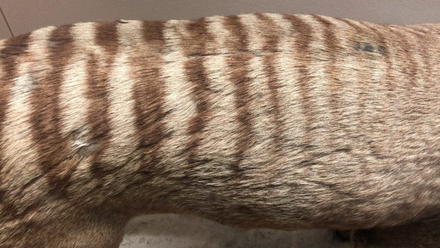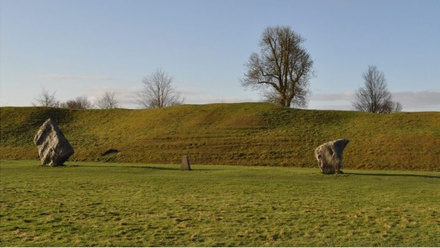The upland limestone plateau of Mendip is well known for the richness of its prehistoric archaeology, from Palaeolithic cave deposits to the numerous clusters of Bronze Age round barrows.
The Neolithic seems similarly well-represented, with impressive long barrows and henges. Yet these monuments were built close to the beginning and end of the Neolithic period and there is little visible evidence for activities in the intervening centuries.
Recent survey and excavation work in the parish of Priddy, as part of the ongoing Priddy Environs Project, has started to populate the centuries between c.4000 – 2450 BC with a wealth of new sites. These include ceremonial monuments related to causewayed enclosure and palisaded enclosure traditions, as well as a timber circle.
This talk will present these new findings and reassess the timing, tempo and types of Neolithic activity on the Mendip Hills. It will also consider why so many of these activities were clustered in and around Priddy and offer suggestions to why this place became such an important Neolithic ceremonial landscape.



